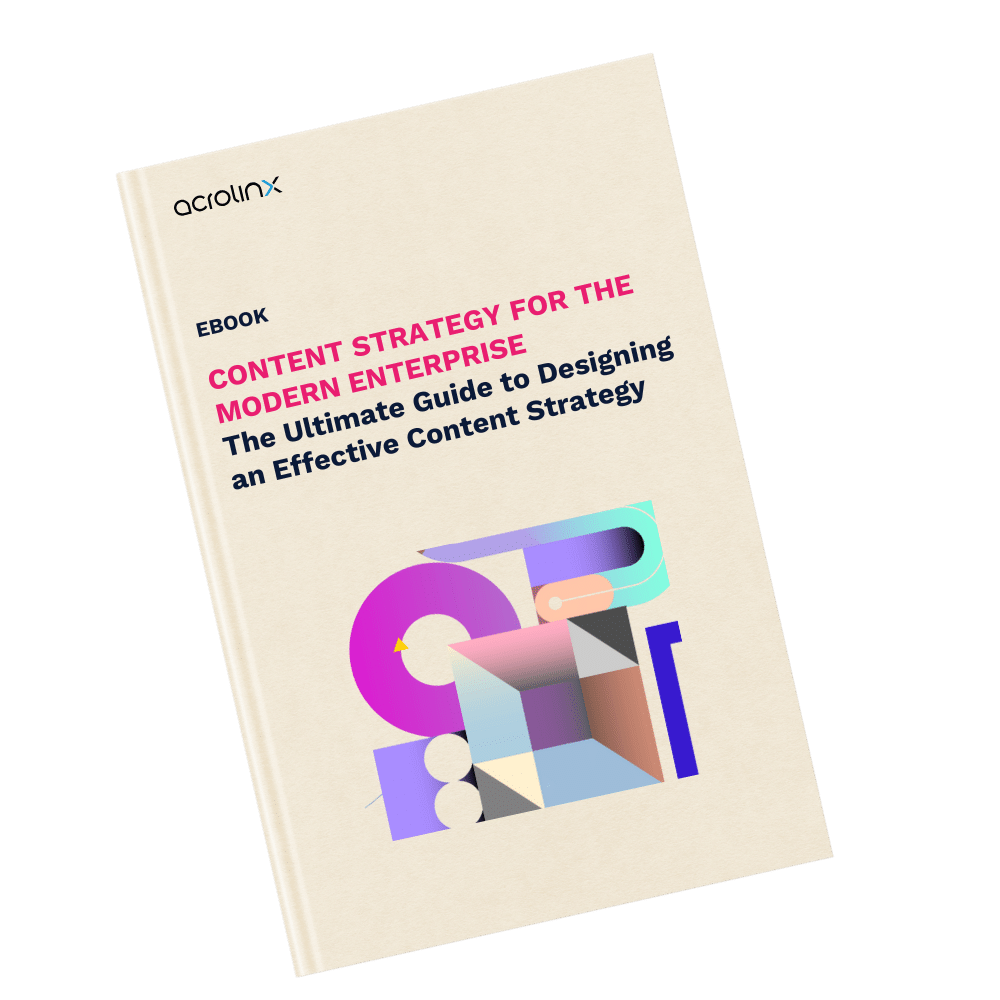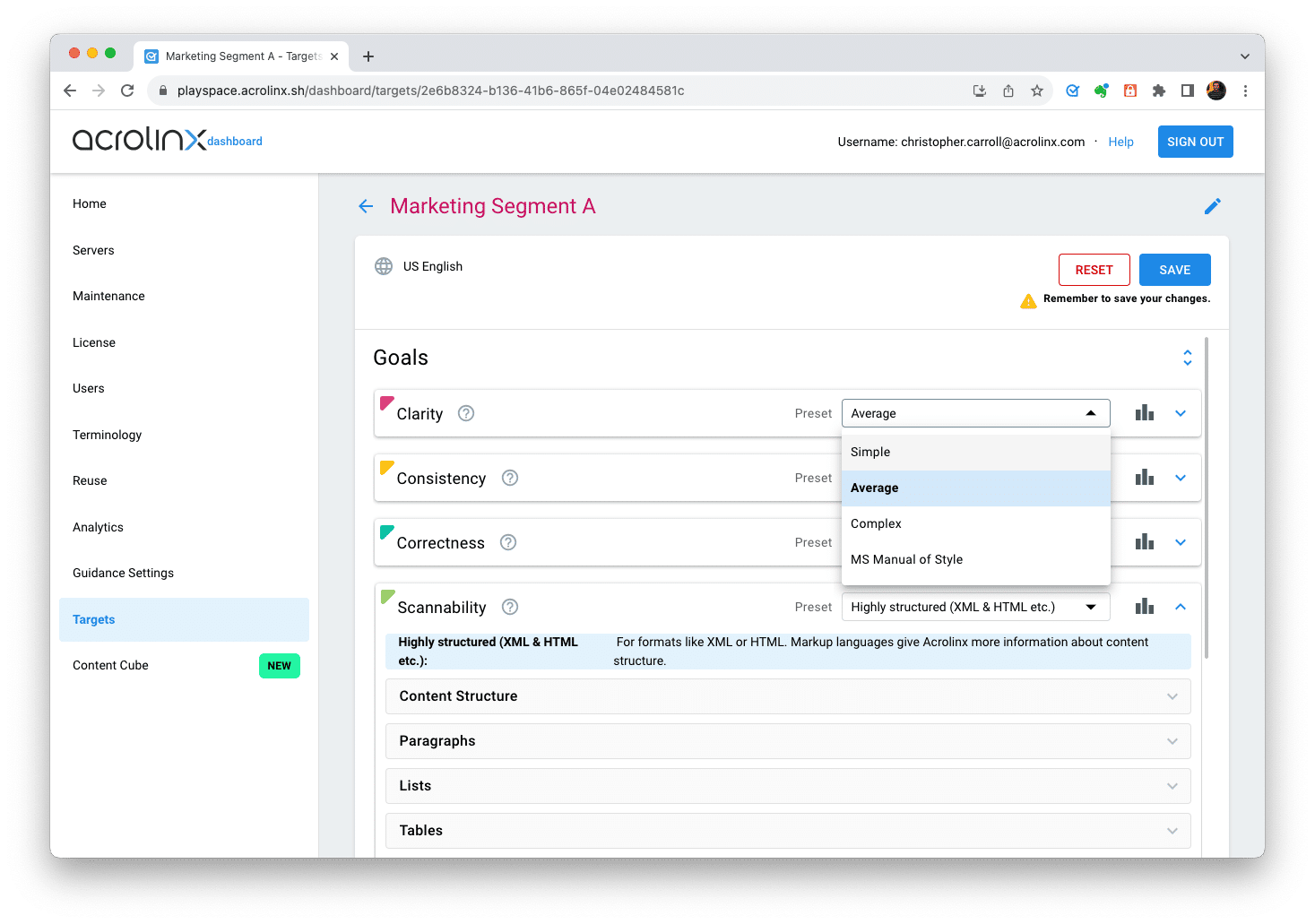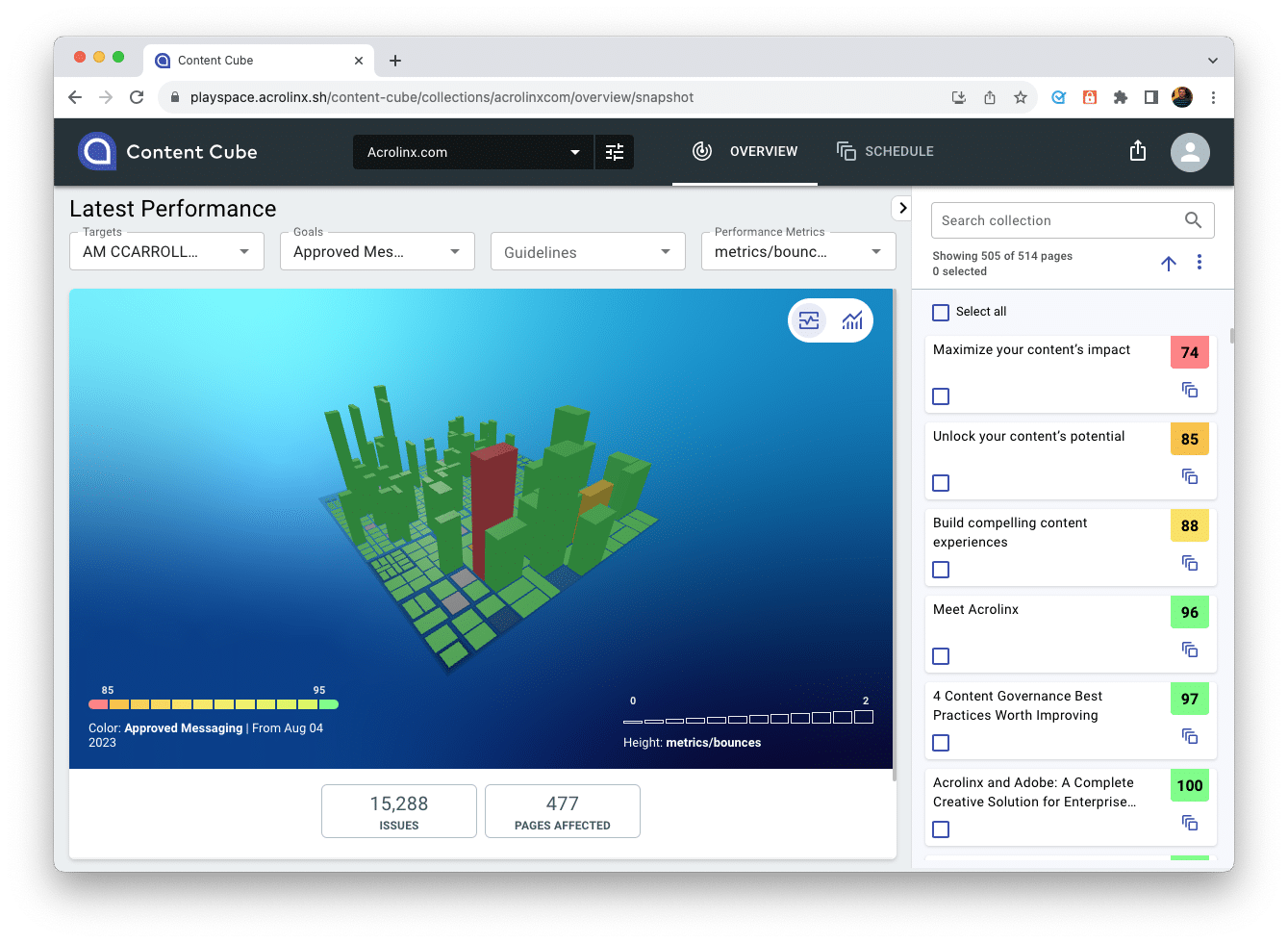
Outsourcing content writing: is it the right choice?
Outsourcing content creation is a common practice among enterprises. And it stems from a variety of reasons: budget constraints, high volume demands, and limited internal resources.
While outsourcing provides many benefits, it often comes with its own set of challenges, particularly related to content quality. In this blog post, we’ll explore the challenges that enterprises face when using outsourced writers and how a solution like Acrolinx can help overcome these hurdles.
Challenges with outsourced content creation
Lots of enterprises turn to outsourced writers to meet the ever-increasing demand for content. But the pursuit of quantity over quality can lead to issues with brand alignment and content standards. When the focus shifts solely to producing a high volume of content at a low cost, it’s no surprise that quality is compromised.
Likewise, it’s challenging to make up for the lack of product knowledge among outsourced writers. Creators who don’t possess a deep understanding of the products and services they’re writing about struggle to produce content that effectively communicates key information. This gap creates quality issues as it leads to copy that’s convoluted and hard to understand.
When you add in the globalized element of outsourced teams, language style and variance can be an issue. While this diversity can be a strength, it also introduces potential challenges for writers whose first language isn’t English. Copy might not be aligned with the preferred writing style and tone of your enterprise. All of which results in content that feels inconsistent and lacks the fluency expected by your audience.
Maintaining up-to-date style guides is essential for guaranteeing consistency and quality across your content. But with outsourced writers, communicating changes and updates to style guides can be a complex task. Without clear and effective communication channels, writers continue to produce content that’s not aligned with new guidelines. This inconsistency can lead to confusion among your audience and harm your brand’s reputation.
How Acrolinx solves these challenges
Access to clear content standards
With Acrolinx, you have the ultimate configuration of your style guide, meaning you set the standards when it comes to your guidance on clarity, consistency, company-specific terminology, and general style.
The Acrolinx Sidebar provides guidance for how to improve your content to meet your brand standards in your authoring environment — meaning your writers, both internal and external, are always set up for content success. By making your standardized benchmark for content quality accessible to all writers, you’ll never have to worry about brand alignment. No matter where the writers are located, the content they produce aligns with the desired standards, maintaining consistency and fluency.
The image below shows how you can configure your Acrolinx guidance:
Automating the editorial review process
Acrolinx streamlines the editorial review process by enabling enterprises to automate quality checks. Whether you use SharePoint or other content management systems, Acrolinx seamlessly integrates into your existing workflow. This automation significantly reduces the chances of human error and accelerates the content production process while maintaining quality.
It also means that no matter who creates your content — internal, external, or Artificial Intelligence — that it won’t be published unless it meets your quality standards.
Combining tools for end-to-end quality
With access to content standards through the Sidebar and automated quality checking your organization has an added layer of quality control.
Writers can use Acrolinx directly during the content creation process and editors can use it during the post-creation review to catch any overlooked issues. You can sleep easy knowing that poor quality, unaligned content will never reach your target audience. This established a content governance workflow that makes sure content creators, whether in-house or outsourced, follow the established guidelines and standards. This governance not only maintains quality but also preserves brand identity and messaging consistency.
Improving published content over time
With Acrolinx you can track in post-publication your content’s performance and compare it with content quality metrics.
Published web pages receive Acrolinx Scores for quality. The system can then prioritize issues by type, and export and send detailed information to the content team. These details include the type of content, its location, the specific issue or problem, and a clickable replacement to fix it. From there, you can prioritize which content you need to address first and focus on ways to improve it based on your findings.
So if you have a messaging update or terminology changes, Acrolinx can help you catch those issues in your published content. Meaning the content that outsourced writers doesn’t have to be wasted when certain aspects become outdated — it can simply be improved.
Improving published content over time
With an editorial management system like Acrolinx, no matter who creates your content it will be high quality and on-brand. We harness automation to dramatically streamline the editorial process, slashing time-to-publication and costs. Not only do we boost efficiency, but we also improve brand consistency across all content, minimize risks from errant content, and amplify the impact of every word. You’ll never worry about the consistency of your outsourced writers again. Let’s talk if you want to learn more.
Are you ready to create more content faster?
Schedule a demo to see how content governance and AI guardrails will drastically improve content quality, compliance, and efficiency.

Charlotte Baxter-Read
Lead Marketing Manager at Acrolinx, bringing over three years of experience in content creation, strategic communications, and public relations. She holds a Master’s degree from the John F. Kennedy Institute, at Freie Universität Berlin, and a Bachelor's degree from Royal Holloway, University of London. Charlotte, along with the Acrolinx Marketing Team, won a Silver Stevie Award at the 18th Annual International Business Awards® for Marketing Department of the Year. She's a passionate reader, communicator, and avid traveler in her free time.







